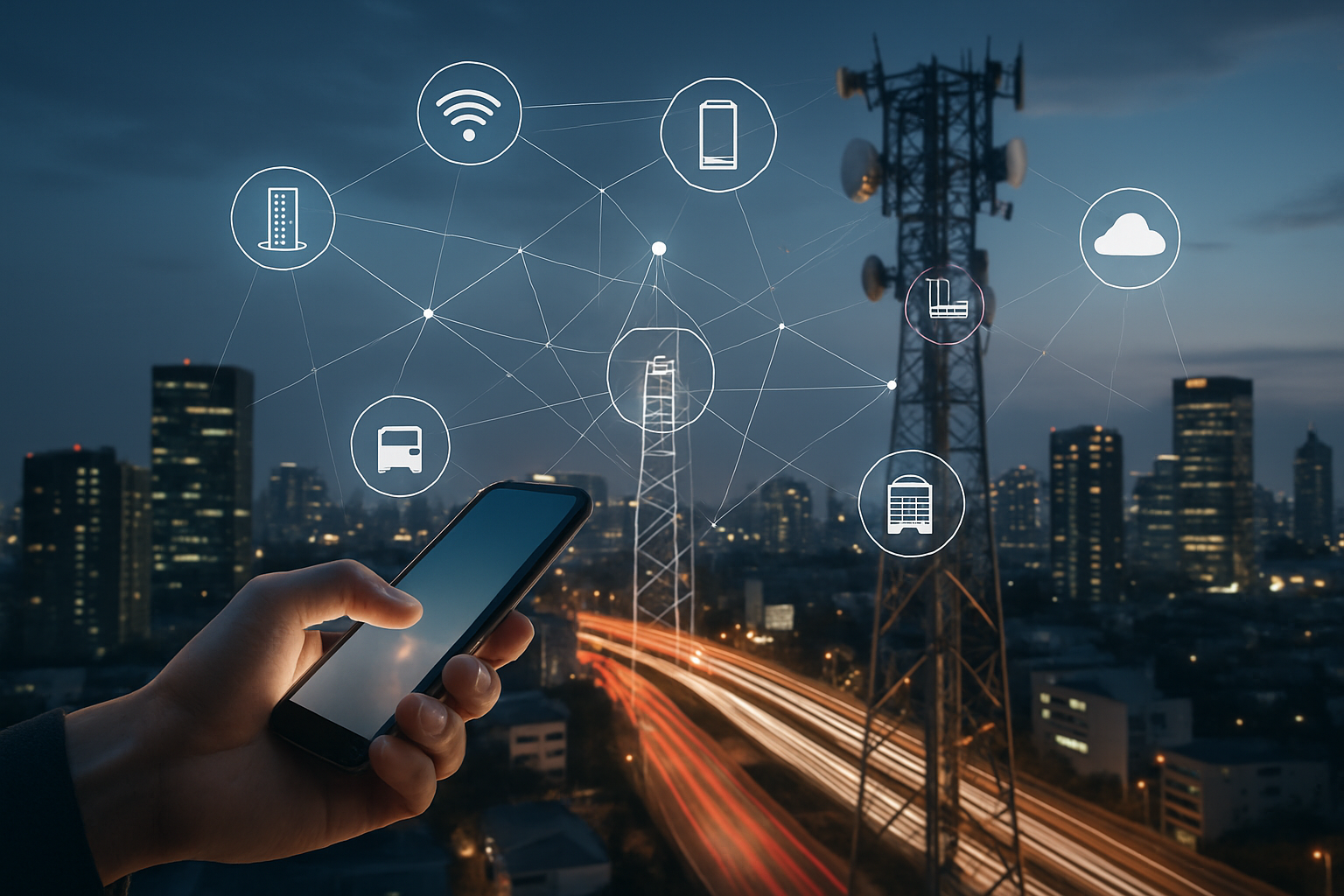"Digital Twin Technology: A Virtual Leap Toward A More Connected World."
Digital Twin technology, a concept that has been around since the early 2000s, is gaining renewed attention in the tech world. It stands as a powerful tool that could revolutionize industries ranging from manufacturing to healthcare. But what exactly is it, and why is it causing such a buzz now? Let's delve into this intriguing concept and see what it has to offer.

A Glance Back at Digital Twin’s Origins
The idea of a ‘Digital Twin’ was first introduced by Dr. Michael Grieves at the University of Michigan in 2002. It was conceptualized as a mirrored simulation of a physical object or system, enabling real-time tracking and monitoring. However, it wasn’t until the advent of Internet of Things (IoT) and advancements in data processing that the concept really started to take off.
Understanding the Digital Twin
In essence, a Digital Twin is a virtual replica of a physical asset, process, or system. It utilizes sensor data to mirror the state of the real-world counterpart in a virtual space. This enables users to analyze, simulate, and predict outcomes without interfering with the actual system.
The Recent Surge in Digital Twin Adoption
Despite being a two-decade-old concept, the use of Digital Twin technology has seen a dramatic surge recently. This can be attributed to the widespread acceptance of IoT devices and advancements in data analytics. The ability to integrate real-time data into a digital platform has made Digital Twin an invaluable tool for many industries.
It’s estimated that by 2025, the global Digital Twin market could reach $48.2 billion, displaying the enormous potential this technology holds.
Digital Twin in Action
Digital Twin technology is already making waves in various sectors. In manufacturing, it can monitor production lines, anticipating problems before they occur and optimizing the process. In healthcare, it can simulate a patient’s body to predict the impact of different treatments. In smart cities, it can model infrastructure systems to improve efficiency and sustainability.
Balancing Complexity with Clarity
While the concept of a Digital Twin might seem complex, its practical applications are clear and tangible. It offers an innovative way to bridge the gap between the physical and digital world, paving the way for a more connected and optimized future.
Conclusion
Digital Twin technology, once an abstract concept, is now a practical solution reshaping the landscape of various industries. As we continue to harness the power of data and the IoT, the potential applications and implications of this technology are virtually limitless. It’s a fascinating area to watch as we move forward into an increasingly digital age.





